Eddy current is circular current which is induced by a conductor when it is kept in a changing magnetic field. Eddy current sensors are used as proximity sensors to detect the presence or absence of non-magnetic conductive material. It is a non-contact sensor (see Figure 1). Continue reading What is Eddy Current Sensor? Working Principle, Diagram, Construction & Applications
Category: Measurements & Instrumentation
What is Spring Balance? Construction, Working Principle, Diagram, Formula & Advantages
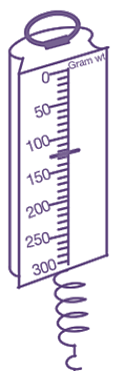
Spring balance is a force measuring device which works on the principle of Hooke’s law. According to Hook’s law, the force acting on the spring (along the axis of the spring) is directly proportional to the displacement of the spring, in the direction of the force. Continue reading What is Spring Balance? Construction, Working Principle, Diagram, Formula & Advantages
What is Vernier Bevel Protractor? Working, Diagram & Uses

Figure 1: Vernier scale.
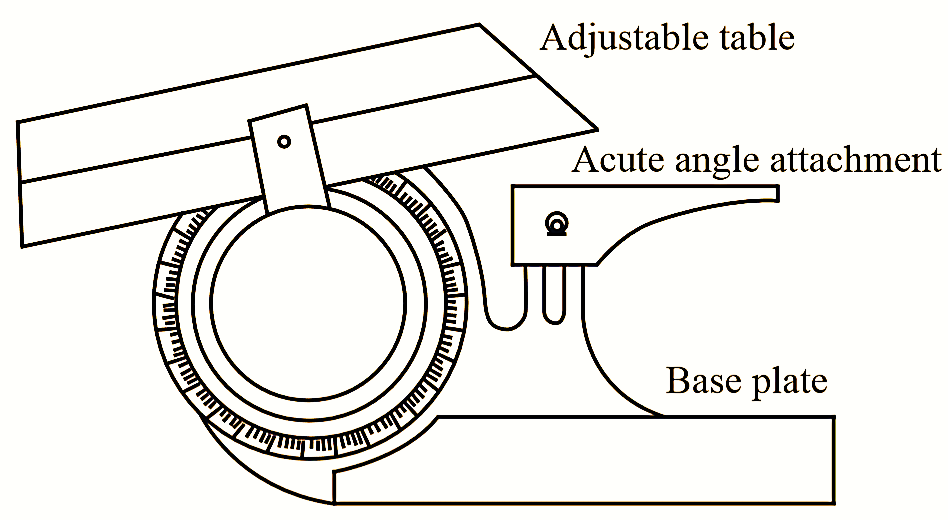
Figure 2: Vernier Bevel Protractor. Continue reading What is Vernier Bevel Protractor? Working, Diagram & Uses
What is Bevel Protractor? Working, Construction, Diagram & Uses
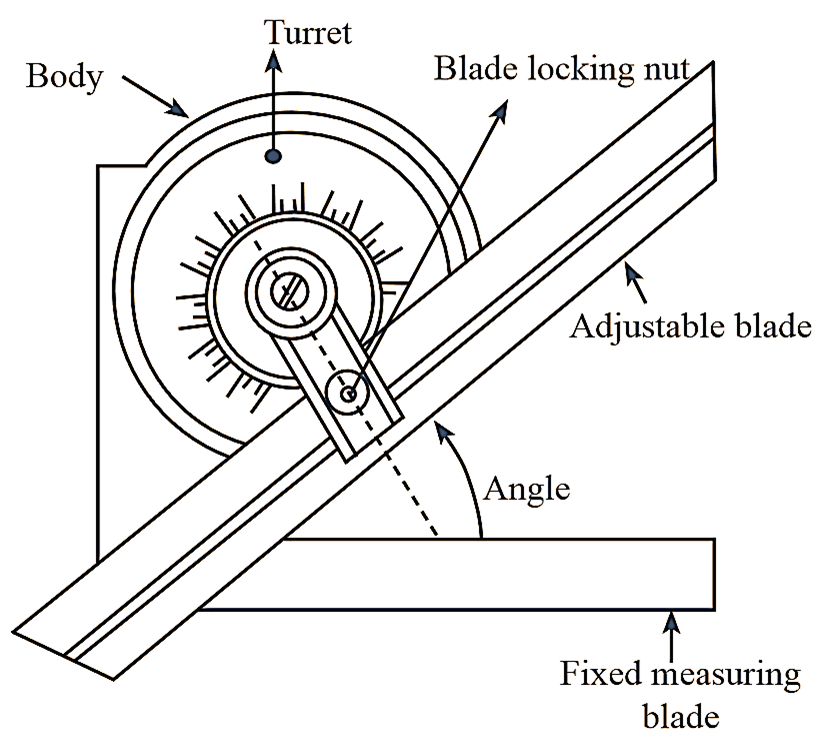
Figure 1: Bevel Protector.
A bevel protractor is an angle measuring instrument, consisting of the following parts as shown in figure 1
- A fixed measuring blade
- An adjustable blade
- Body and
- Turret
Working of Bevel Protector
A bevel protractor is used to measure angle between the two faces of a component. The fixed measuring blade and the adjustable blade is set along the faces of the component whose angle is to be measured. as shown in figure 1. The blades are then locked by a locking nut, to tighten the component for accurate measurement. The body consists of a circular scale and extends to form one of the blades. The circular scale can measure angles upto 360 degrees. The adjustable blade also slides and can be locked at any position along its length. to the rotating turret mounted on the body. Thus, accurate angular measurements of any component can be easily done by a bevel protractor.
What is Mechanical Tachometer? Working Principle, Types & Diagram
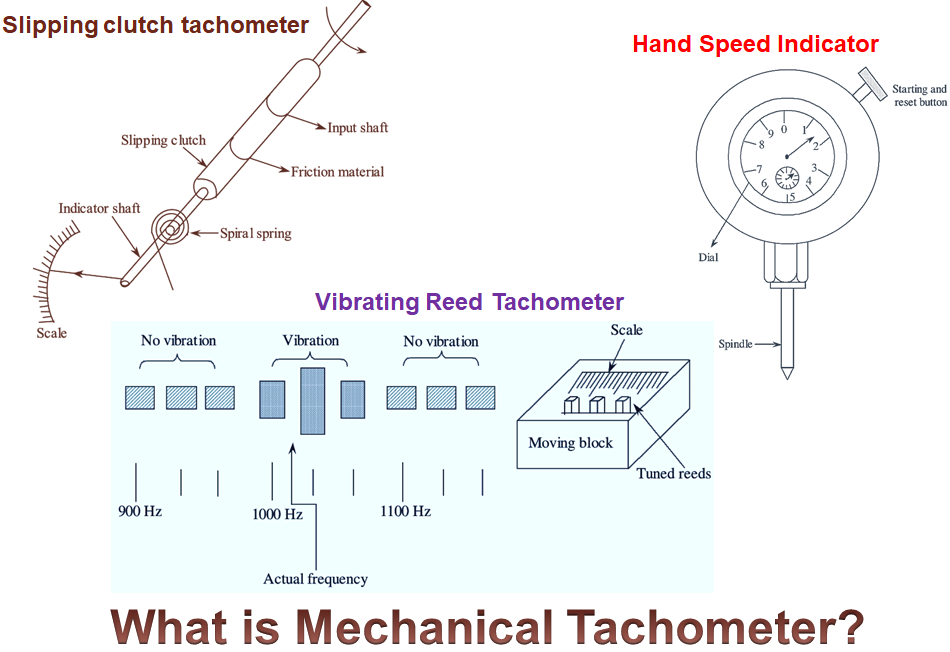
Mechanical Tachometer uses mechanical parts in their construction. Therefore, the speed is measured with the help of movement in the mechanical parts of the tachometer. Continue reading What is Mechanical Tachometer? Working Principle, Types & Diagram
What is Hydraulic Load Cell? Working, Diagram, Advantages & Disadvantages
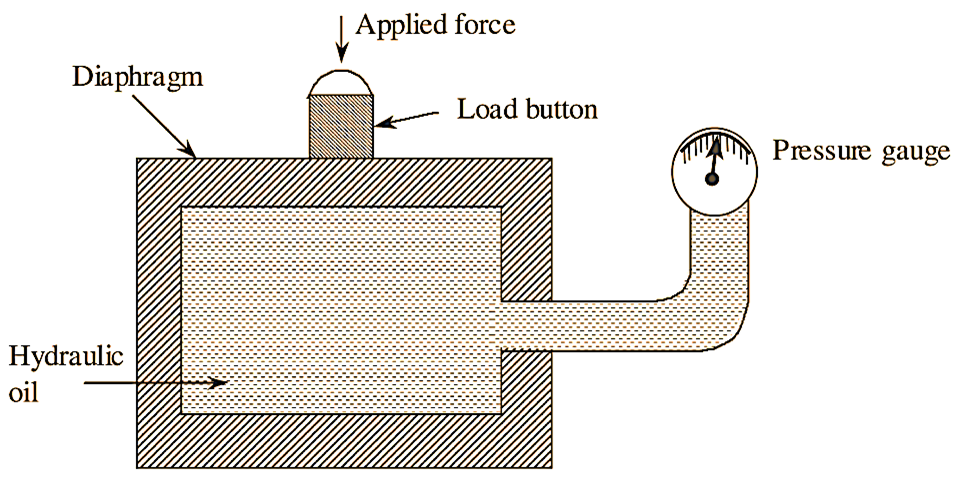
Figure 1: Hydraulic Load Cell.
The principle of operation of hydraulic load cell is when a force is applied on a liquid medium, the pressure of the liquid increases. This increase in pressure is a measure of the applied force when calibrated. The figure 1 shows the basic schematic representation of hydraulic load cell. It is also known as a hydraulic plunger. Continue reading What is Hydraulic Load Cell? Working, Diagram, Advantages & Disadvantages
What is Mechanical Torsion Meter? Working & Diagram
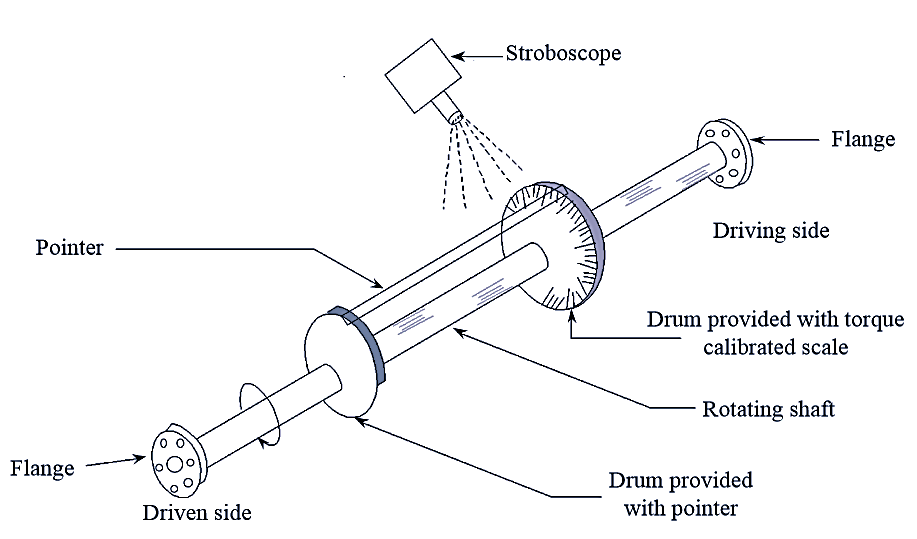
Figure 1: Mechanical Torsion Meter.
Mechanical torsion meter contains a shaft mounted between two drums and two flanges. One drum is provided with a torque calibrated scale and the other has a pointer (see Figure 1). Continue reading What is Mechanical Torsion Meter? Working & Diagram
What is Michelson Interferometer? Working, Diagram & Construction
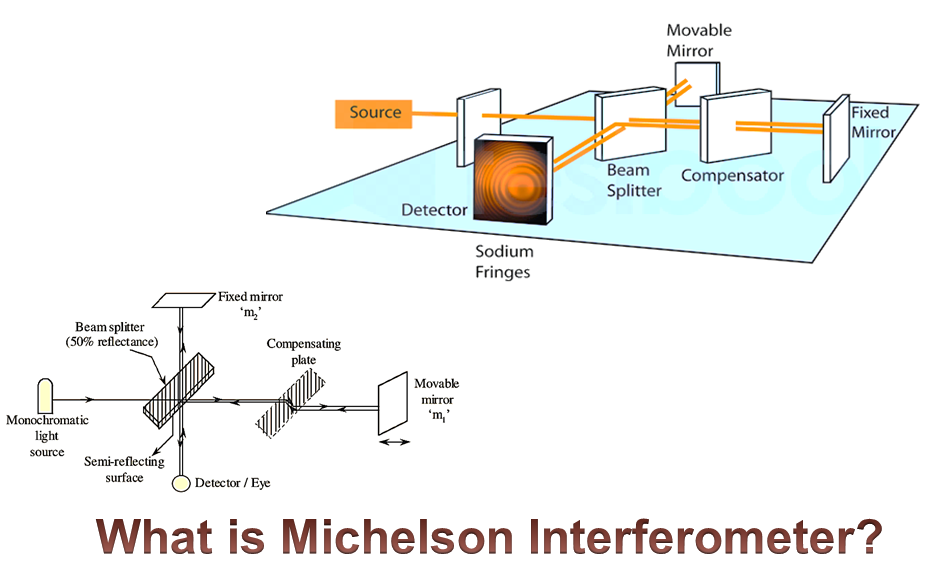
Michelson interferometer or DC laser interferometer is the oldest device. It utilizes monochromatic light from an extended source, and works on the principle of interference. Continue reading What is Michelson Interferometer? Working, Diagram & Construction
What is Coordinate Measuring Machine (CMM)? Working, Parts, Advantages & Applications
Coordinate measuring machine (CMM) is one of the most important equipment used in the contact type inspection process of parts. It is a flexible measuring machine widely used in manufacturing industries for post production inspection of components. Continue reading What is Coordinate Measuring Machine (CMM)? Working, Parts, Advantages & Applications
What is Strain Gauge Accelerometer? Working Principle, Construction & Diagram

Fig. 1: Strain Gauge Accelerometer.
Working Principle of Strain Gauge Accelerometer
When acceleration to be measured is applied to a cantilever beam whose movable end is attached to a seismic mass, the mass vibrates, which causes the cantilever beam to deflect and get strained. This strain is proportional to the vibrational displacement of the seismic mass and hence the applied acceleration. Continue reading What is Strain Gauge Accelerometer? Working Principle, Construction & Diagram